Having moments of epiphany are meant to be rarer the older you get. To which I would tend to reply; aye right. My latest one evolved out of a completely different point that I have long had problems rationalizing within myself…
Tonality is something I have always had an internal turmoil with. I have always been somewhat envious of some of the tonal symphonies of Ansel Adams in the past and more presently Bruce Barnbaum. But, at the same time, I have often found those images beautiful in themselves but lacking an intimacy, drama or other aspect that make them (for want of a better word) personable, or relatable to myself.
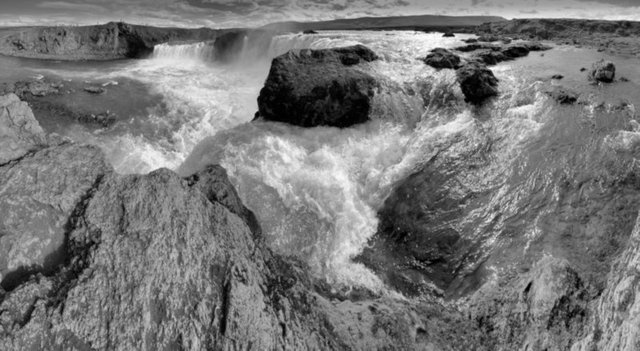
I seldom use HDR as I feel it detracts from the drama, but, in this shot some slight HDR was used when the composite 8 portrait view shots were stitched – in reality enough to even out the exposure without adding an artificiality.
For some indiscernible reason I was mulling this over in my head the other night when I remembered an incident from back in the day when I was an assistant. At the time one of the studio’s clients was an auction house, and our job as photographers was to capture antiques and collectable objet d'art in a realistic way, while capturing the quality and desirability of the subject as attractively as possible for the auction catalogues. By default, practically all of this was shot on 5x4 in black and white using FP4, developed in ID11 to give a uniform dependable tonal range and grain less appearance when printed at 10x8 for reproduction at a maximum of 1:1. To augment this about 10 set-ups provided the various solutions from flat lighting for paintings and drawings, to various levels of detailing shadows for 3d subjects. This was all fine except for one departmental auctioneer who was our sign-off for jewellery. This chap rejected everything that was submitted that had cut stones in it.
To our consternation, he got his mate to shoot some shots with an on-camera flash on 35mm, using Tri-X and said “why couldn’t we do as well - we were meant to be professionals after all”. To add salt in our wounds, one of the porters in the auction house tried to convince us it was shot hand held using a Zenit.
To make the six month long story short; all the expert was after was for the cuts of the stones to show up as much as possible: he had no interest in what was whiting-out, how harsh the shadows were, what reflections were starring off the iris and how gritty the image was (which unsurprisingly were all part of our governing brief). We finally made him happy two weeks before he retired, you may hazard a guess as to when we were going to stop trying. For the technically minded, our solution to the conundrum of producing his crisp definition to a publishable standard was answered by using Tri-X on 5x4 using Neofin Red with reduced agitation (alas no longer a trade secret as you cannot find Neofin Red on the real or virtual shelf).
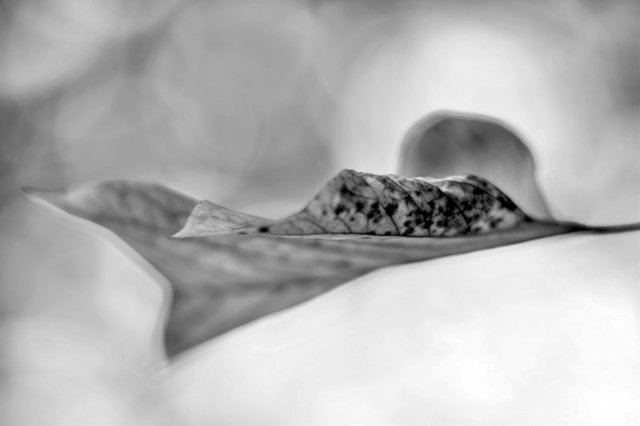
My Isco Optic Ultra MC f2.3 150mm gives a great representation of tonality when used in soft light situations, and with this shot the dark fungal breakdown of the leaf gives a good black to ground all the subtler tones of the autumnal leaf. The area below the leaf has been burned out, to hide some distracting detail and more importantly go give a feeling of uplift to the leaf.
This obvious lesson in this is that the viewer is always right; even if you, or they, don't initially know why. The less obvious lesson is that even if perfect tonality can be achieved, it is not the best solution in portraying what your viewer expects.
The point of failure in the above story was not anything more than we were using too many tones to adequately show up the subtle difference of the facets as they glanced light off the static surface of the diamond, ruby or emerald. The solution was the analogue way of enhancing the edges.
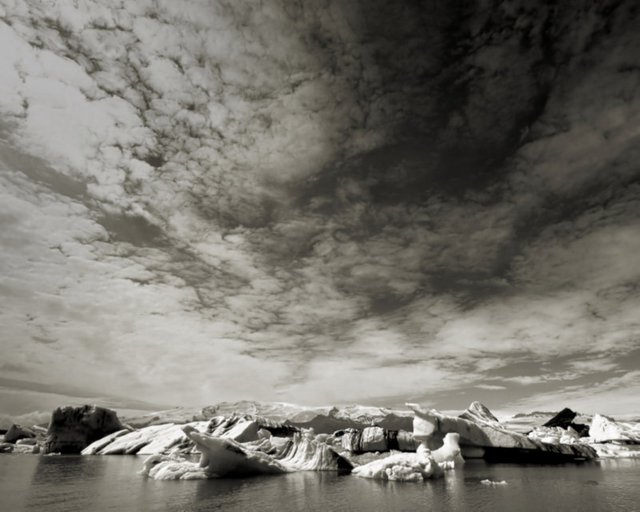
Most shots of Jökulsárlón make play of the amazing turquoise and white colors of the ice in the lagoon, however I wanted to make play that everything from the clouds to the snow on the hills and the compacted mini-bergs were all ice. The only way I felt I could do this was to think of the shot as a traditional zonal black and white. To add to that effect a slight tint was added and it was cropped to 10 x 8 proportions to complete the feel.
If we return to our tonal masters, then the above scenario illustrates where I have my first issue with the Zone System as such, and its quest for the perfect representation across the 11 tonal steps. When you delve into working via the zone system, there is the tendency as you become more proficient in it, to take yourself away from the picture you are trying to achieve – to the point that the technique becomes the art in itself. You can see this clearly in Adams work where the subject, though magnificent, is selected as much for its ability to deliver the desired tonal goal as much as the visual impact, or other aesthetic impact. This is the fine art Adams look, and there is nothing wrong with that, what I have a problem with is that the zone system itself can hinder or compromise the development of a “nascent good eye” – and a good eye underlies all that photography is about.
To expand on this, the good and bad thing about photography is that the technique is more easily learned than in any other branch of applied art. Good in that rewards for effort can be picked up quickly, bad in that this this rapid pace means that the pure artistic development, can develop relatively more slowly than in other mediums. So, the good eye, being the blend of applying the technique to the artistic vision becomes unbalanced. And, as the zone system is as technical as end-user photography gets, its learning curve to become proficiently adept is quite consuming (even if this HDR, if subtly used, can mimic this), which is my second problem with the zone system.

A short stroll up from Dettifos (and away from 90% of the tourist throng) is Sellfoss, and above it a panorama that was crying out for some form of tonal response, the problem was the curious tint of the water that ideally would come out like full cream milk. It did, but a touch more exposure then that would have been lost, and with it the subtle break to pure white detailing of the water thrown up by both Dettifos and Sellfoss at the edges of the image.
My epiphany point is that this development is never gradually linear, or exponential, but it is more of a wavy line. And to that regard, few of us will ever have been in that place that our next shot will be our best.
As you learn a new technique there is the natural tendency to use it at all costs, anywhere you can, regardless of merits, and in an artistic sense your work will suffer (even if you do not feel so at the time). Although I have very little of my commercial work from the 80s still at hand, I do have copious quantities of experimental and developmental work in the loft. This verifies the prognosis above. Put simply this process is, I’ll figure out a look I’m after, I’ll run through the kit, stock and processing required, then I will not only use it for the target subject, but on anything else that crosses my path on the misbelief that it might just work on that.
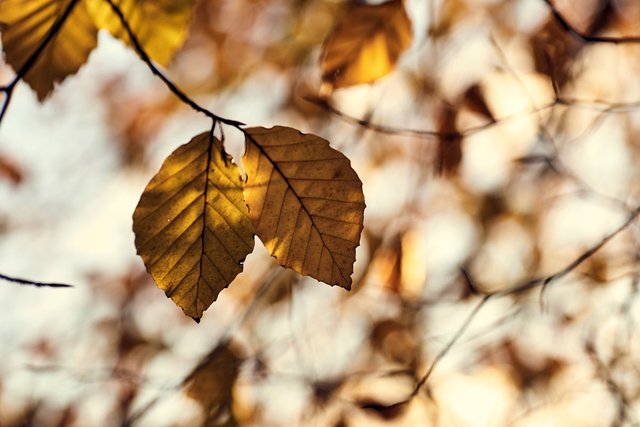
Playing about with levels and filtering in the electronic darkroom can take you towards the image you were aiming from or away from it. Above stripping out all but the autumnal gives one view of fall, below extending the others gives another.
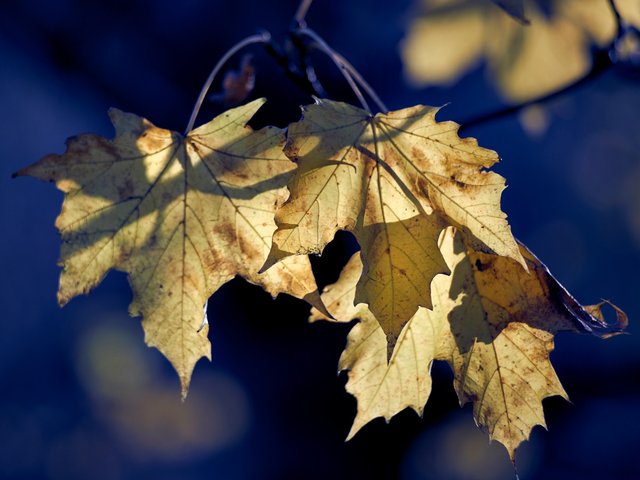
The result, is unwaveringly a mixed bag hotchpot of miss-targeted effort, with the occasional one or two gems in the right direction. More alarmingly however, during this experimental phase it is noticeable that my eye for a well-executed picture of a suitable subject will have sadly diminished. These digital days, time is the only real cost. Back in the day, had I only been more disciplined and narrow minded in my goals, I would have not have consumed unjustified amounts on cash.
Now this wavy line epiphany not only connects personal development, but really can be applied to photography artistic and representative as a whole.
So my lesson to pass on in this essay, to myself as much as you dear reader, is a simple but difficult one; be clear in your mind what you want to do, especially when experimenting with something new – be that a technique, a filter, a lens, a setting, a software option, or a destination. And be disciplined with yourself, so that when you see a shot that you know how to get the best of using an old method, that you use that old method rather than miss it by using something new and untried.
As a personal bonus I’m now reconciled with the thousands on slides and negs that reside in the roof space, and I have come to realize why I actually prefer the work of Bruce Birnbaum to Ansel Adams - it is all about what is serving what.
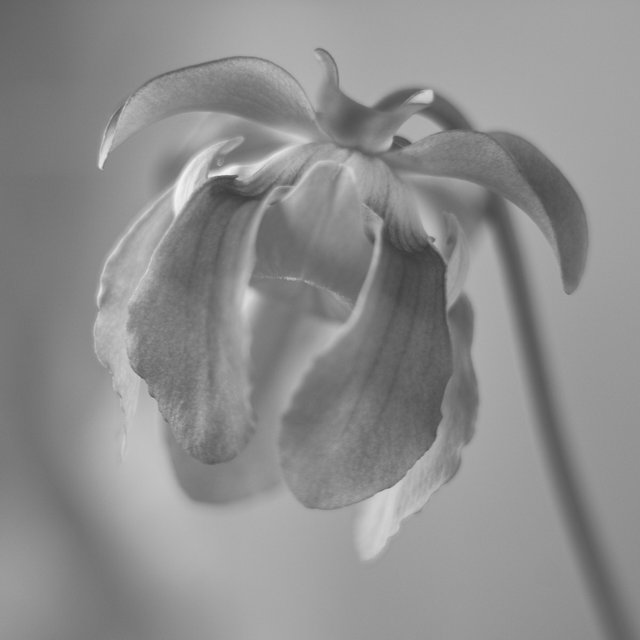
good contribution and very beautiful pictures
Downvoting a post can decrease pending rewards and make it less visible. Common reasons:
Submit
Thank you very much
Downvoting a post can decrease pending rewards and make it less visible. Common reasons:
Submit
Thank you for sharing your experience. Very useful
Downvoting a post can decrease pending rewards and make it less visible. Common reasons:
Submit
Thank you very much
Downvoting a post can decrease pending rewards and make it less visible. Common reasons:
Submit
Congratulations @scotgillespie! You have completed the following achievement on the Steem blockchain and have been rewarded with new badge(s) :
You can view your badges on your Steem Board and compare to others on the Steem Ranking
If you no longer want to receive notifications, reply to this comment with the word
STOPTo support your work, I also upvoted your post!
Downvoting a post can decrease pending rewards and make it less visible. Common reasons:
Submit
Many thanks
Downvoting a post can decrease pending rewards and make it less visible. Common reasons:
Submit